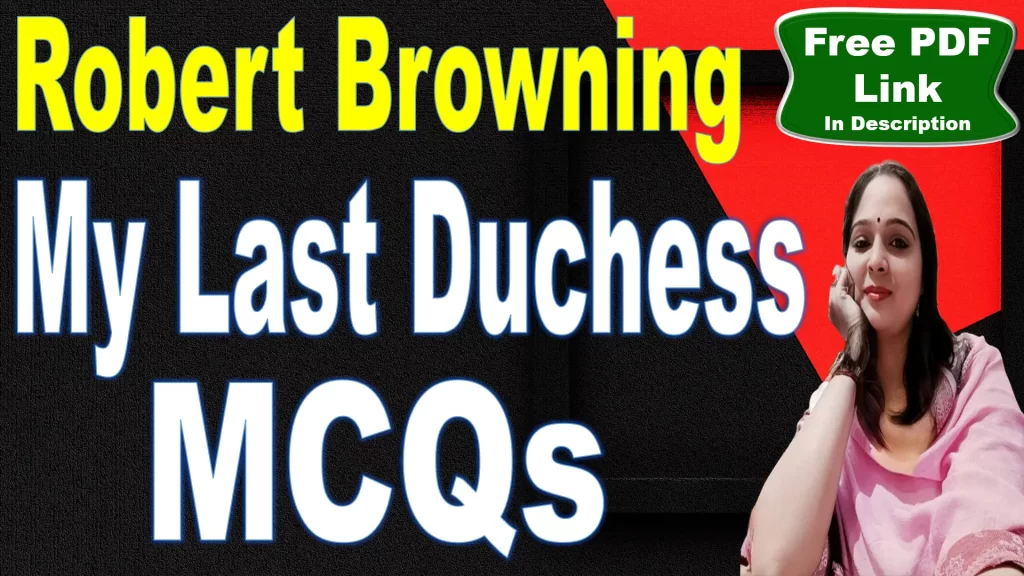
71. Who was Robert Browning’s famous poet wife?
A. Christina Rossetti
B. Elizabeth Barrett Browning
C. Emily Brontë
D. Charlotte Mew
Answer: B. Elizabeth Barrett Browning
Explanation: Robert Browning’s wife, Elizabeth Barrett Browning, was a celebrated poet herself. Their relationship was one of literary collaboration and emotional depth. Elizabeth, a more famous poet in her time, was known for works like Sonnets from the Portuguese. Despite her frail health, she and Robert shared a deep, supportive bond, influencing each other’s poetry. Their love story, marked by passionate correspondence and a secret marriage, remains one of the most famous literary romances.
72. Where was Robert Browning born?
A. London
B. Cambridge
C. Stratford-upon-Avon
D. Canterbury
Answer: A. London
Explanation: Robert Browning was born in London in 1812, into a well-educated family. His father was a banker, and his mother, a devoutly religious woman, encouraged his early education. Browning grew up in a time of significant social and political change in England, with the Napoleonic Wars and the onset of the Industrial Revolution shaping the world around him. His London birthplace gave him access to a thriving literary scene, influencing his later development as a poet.
73. Which of Browning’s works is a collection of dramatic monologues?
A. Men and Women
B. The Ring and the Book
C. Dramatis Personae
D. Asolando
Answer: A. Men and Women
Explanation: Men and Women is one of Robert Browning’s major works, a collection of dramatic monologues. Each poem in this collection offers insights into the minds of different speakers, ranging from historical figures to fictional characters. Browning’s use of the dramatic monologue allows him to explore complex themes such as power, love, and moral ambiguity. His innovative use of this form helped establish him as a leading poet of the Victorian era.
74. Which of Browning’s long poems is considered his magnum opus?
A. Pauline
B. The Ring and the Book
C. Sordello
D. Paracelsus
Answer: B. The Ring and the Book
Explanation: The Ring and the Book is Robert Browning’s magnum opus, a narrative poem that explores a Roman murder trial from multiple perspectives. The poem is divided into twelve books, each presenting a different viewpoint, including that of the murderer, the victim, and various bystanders. This complex work showcases Browning’s skill at exploring human psychology and moral dilemmas, making it one of the most ambitious and highly regarded works in Victorian literature.
75. What inspired Browning’s My Last Duchess?
A. A historical Duke of Ferrara
B. A mythological story
C. A personal tragedy
D. A fictional narrative
Answer: A. A historical Duke of Ferrara
Explanation: My Last Duchess was inspired by the real-life Duke of Ferrara, Alfonso II, who was infamous for his controlling nature and the mysterious death of his wife, Lucrezia de’ Medici. Browning took this historical incident and used it as the basis for a dramatic monologue, allowing the Duke’s character to reveal his arrogance, jealousy, and possessiveness. Through the Duke’s words, Browning explores themes of power, control, and the objectification of women.
76. In which year was Robert Browning born?
A. 1806
B. 1812
C. 1816
D. 1820
Answer: B. 1812
Explanation: Robert Browning was born on May 7, 1812, in London. His early exposure to literature, combined with the intellectual environment of his home, helped shape his development as a poet. His birth during the early 19th century placed him in the midst of significant historical and social changes, including the Industrial Revolution and the aftermath of the Napoleonic Wars, events that influenced his writing and themes.
77. Browning’s first published poem was:
A. Pauline
B. Paracelsus
C. Men and Women
D. Dramatic Lyrics
Answer: A. Pauline
Explanation: Browning’s first published work, Pauline, was a dramatic poem that he wrote in his youth. It was published in 1833 and received mixed reviews. While it was not a major success, it marked the beginning of Browning’s career and introduced his characteristic style of dramatic exploration of characters’ inner thoughts, which would become a hallmark of his later works.
78. Robert Browning’s writing style is often described as:
A. Romantic and lyrical
B. Complex and psychological
C. Simplistic and straightforward
D. Naturalistic and realistic
Answer: B. Complex and psychological
Explanation: Browning’s writing style is often described as complex and psychological due to his focus on exploring the human psyche. His use of dramatic monologues allows for deep psychological analysis of characters, often revealing contradictions in their personalities and exposing their internal struggles. This complexity in style and theme set him apart from other poets of his time.
79. What was Browning’s last published work?
A. Men and Women
B. Asolando
C. The Ring and the Book
D. Dramatic Idyls
Answer: B. Asolando
Explanation: Asolando, published in 1889, was Robert Browning’s last collection of poems before his death. The work is known for its reflective tone and includes both personal and philosophical themes. Browning’s use of dramatic monologue continues in this collection, maintaining his focus on exploring characters and their inner worlds.
80. How did Robert Browning contribute to modern poetry?
A. By popularizing dramatic monologues and psychological realism
B. By focusing on pastoral themes
C. By emphasizing form over content
D. By using free verse exclusively
Answer: A. By popularizing dramatic monologues and psychological realism
Explanation: Robert Browning contributed significantly to modern poetry by popularizing the dramatic monologue and incorporating psychological realism. His use of this form influenced many 20th-century poets and helped to evolve the poetic tradition, emphasizing the exploration of characters’ inner lives and moral complexities.
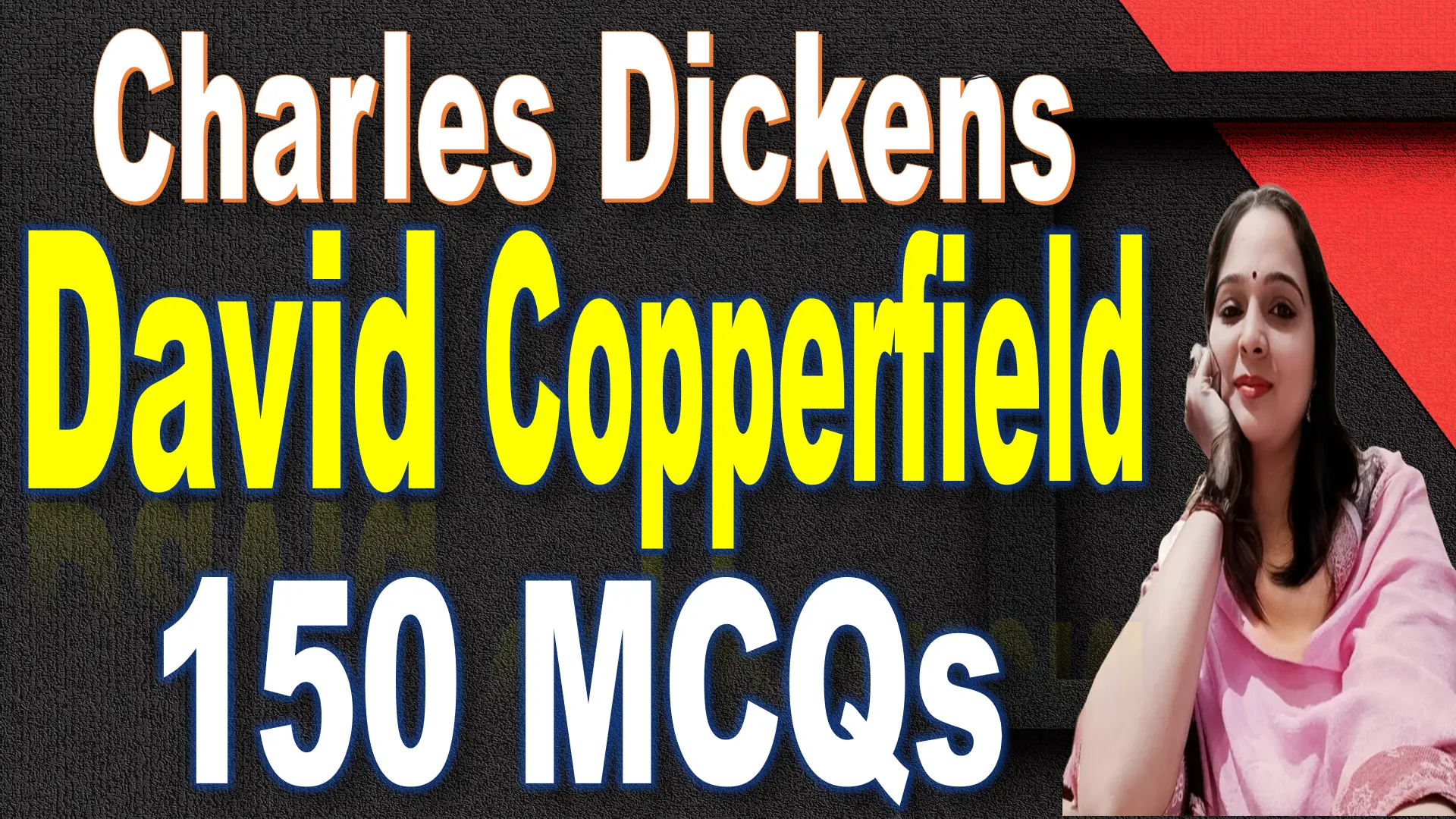
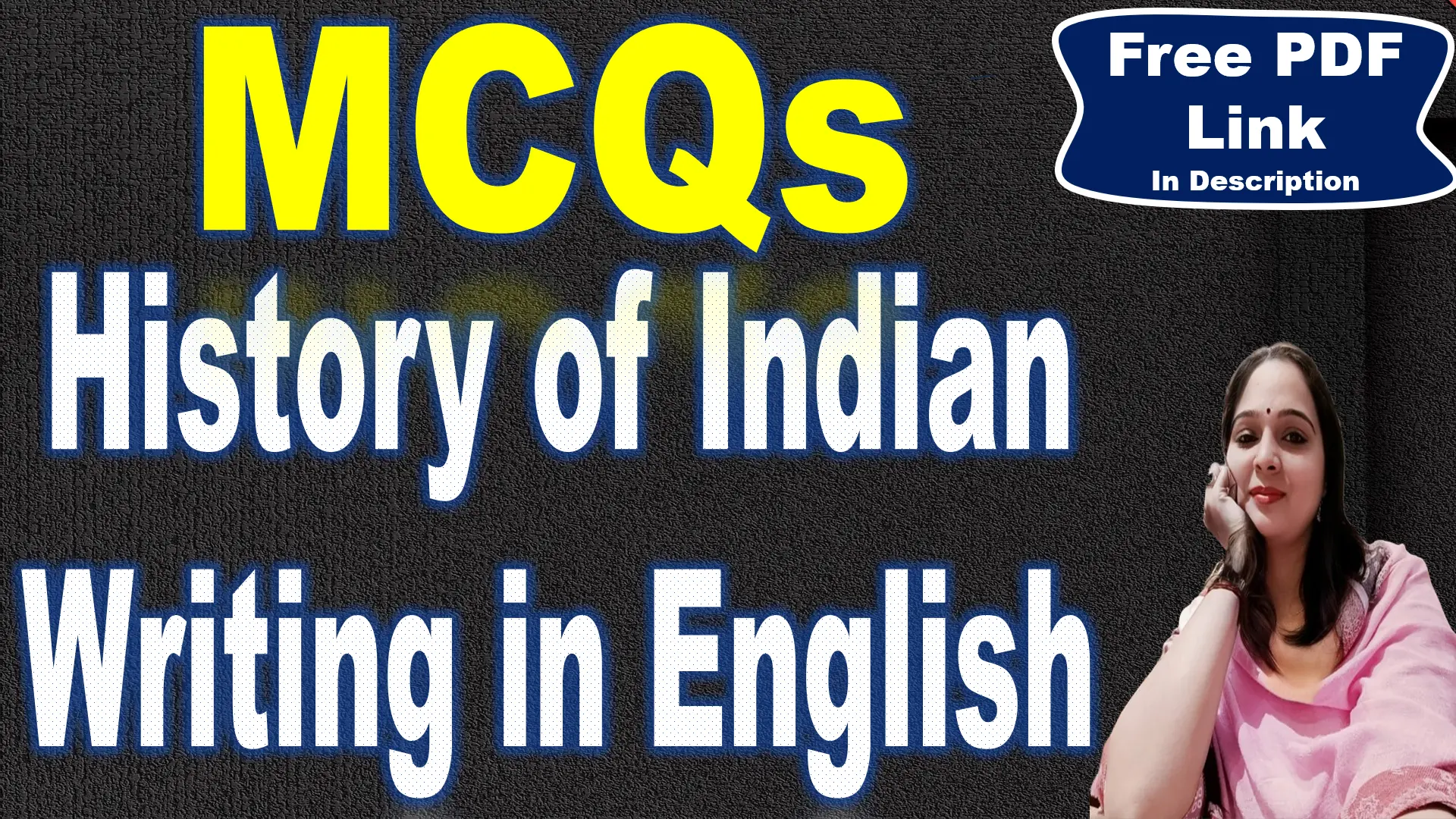

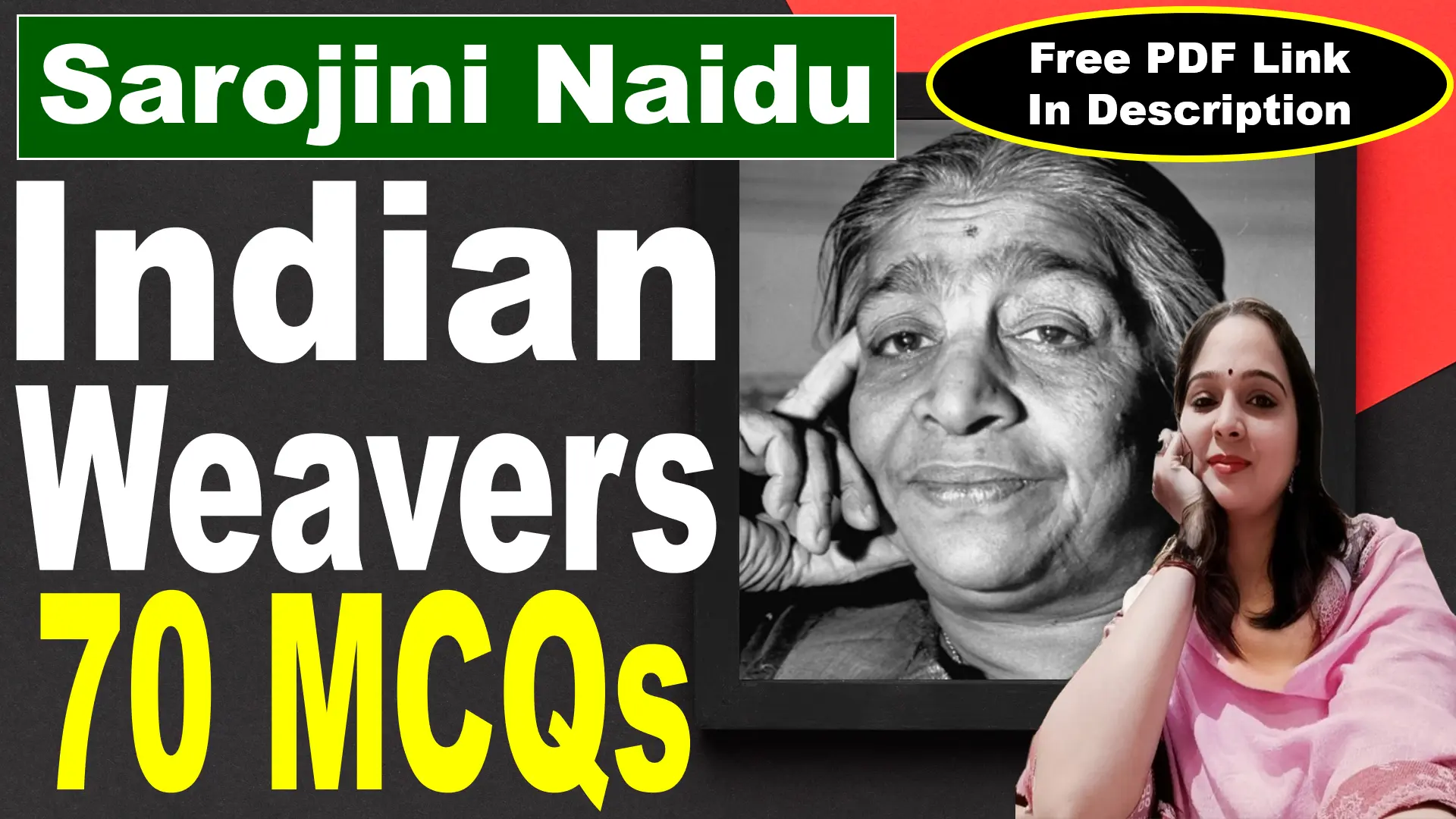
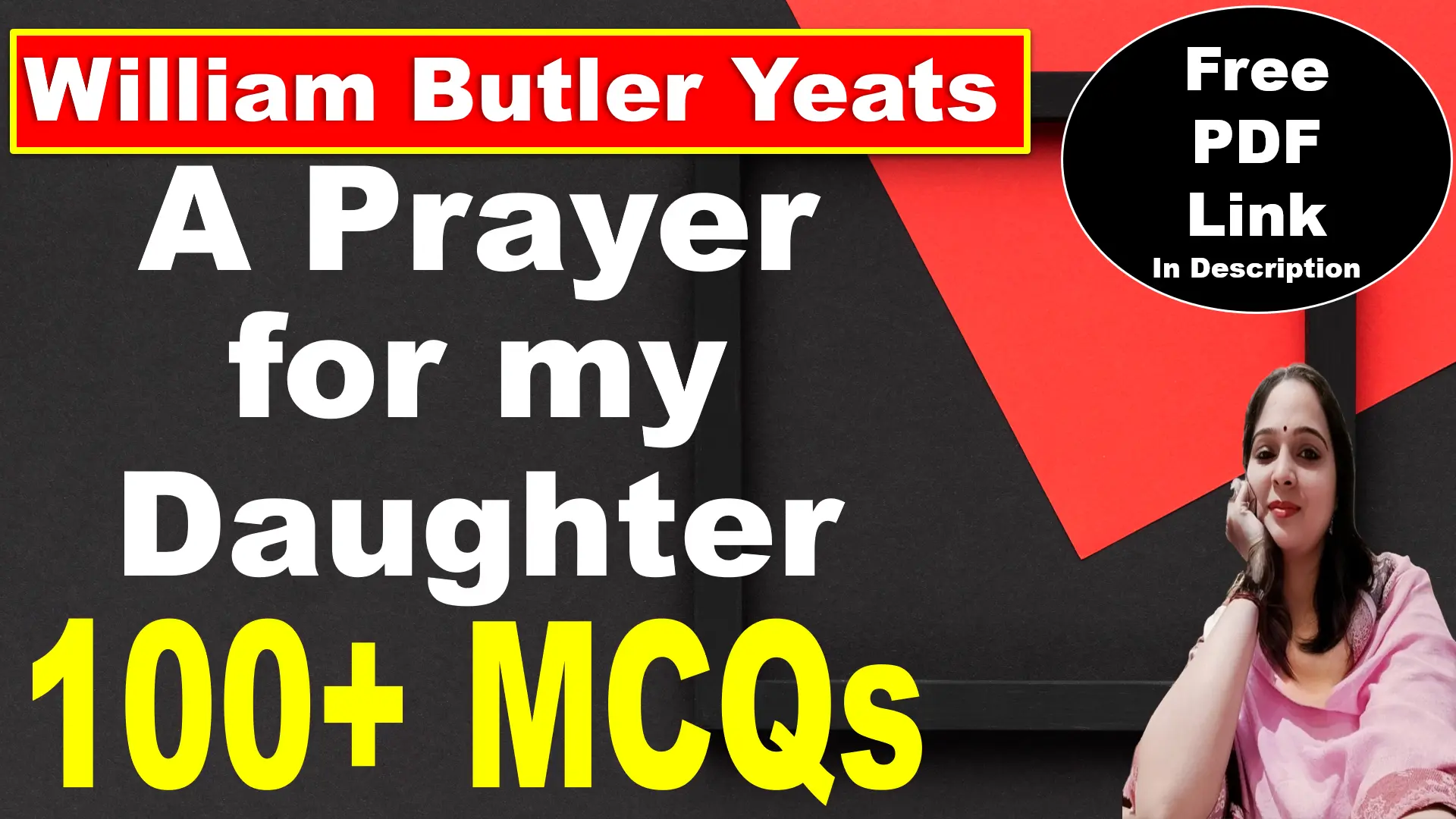
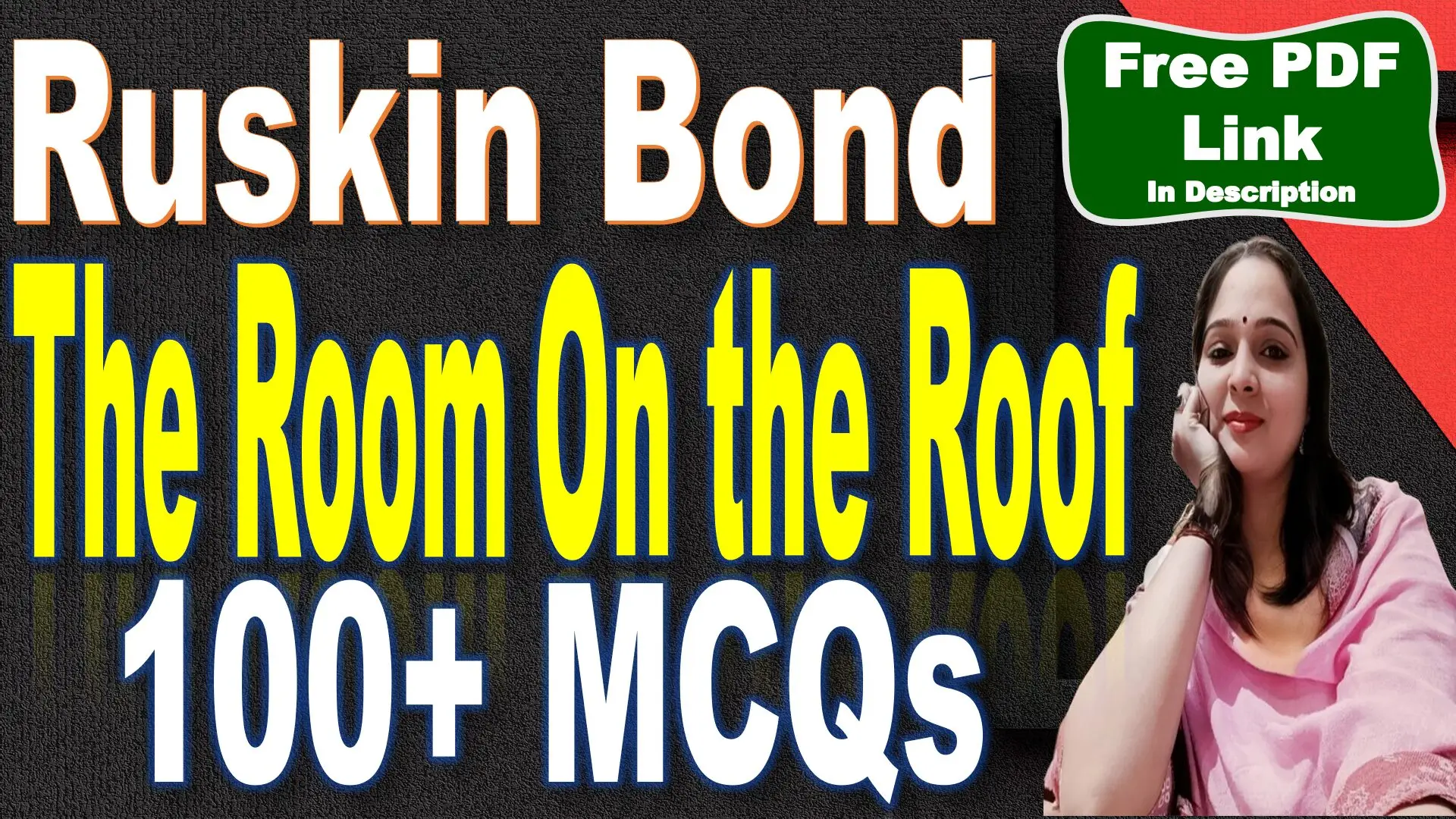
Very interesting topic, regards for posting.